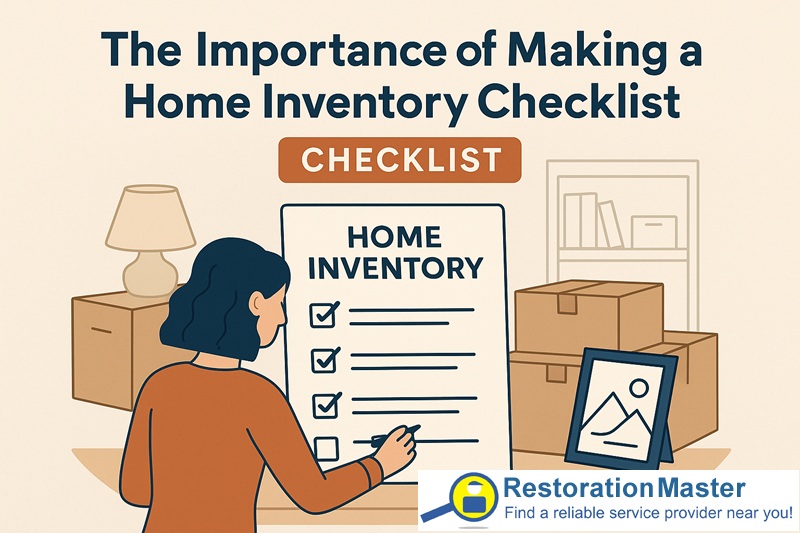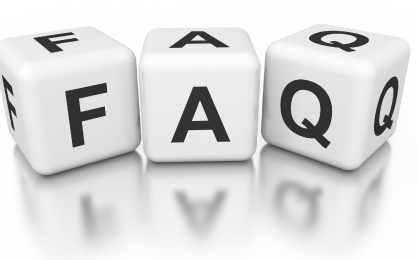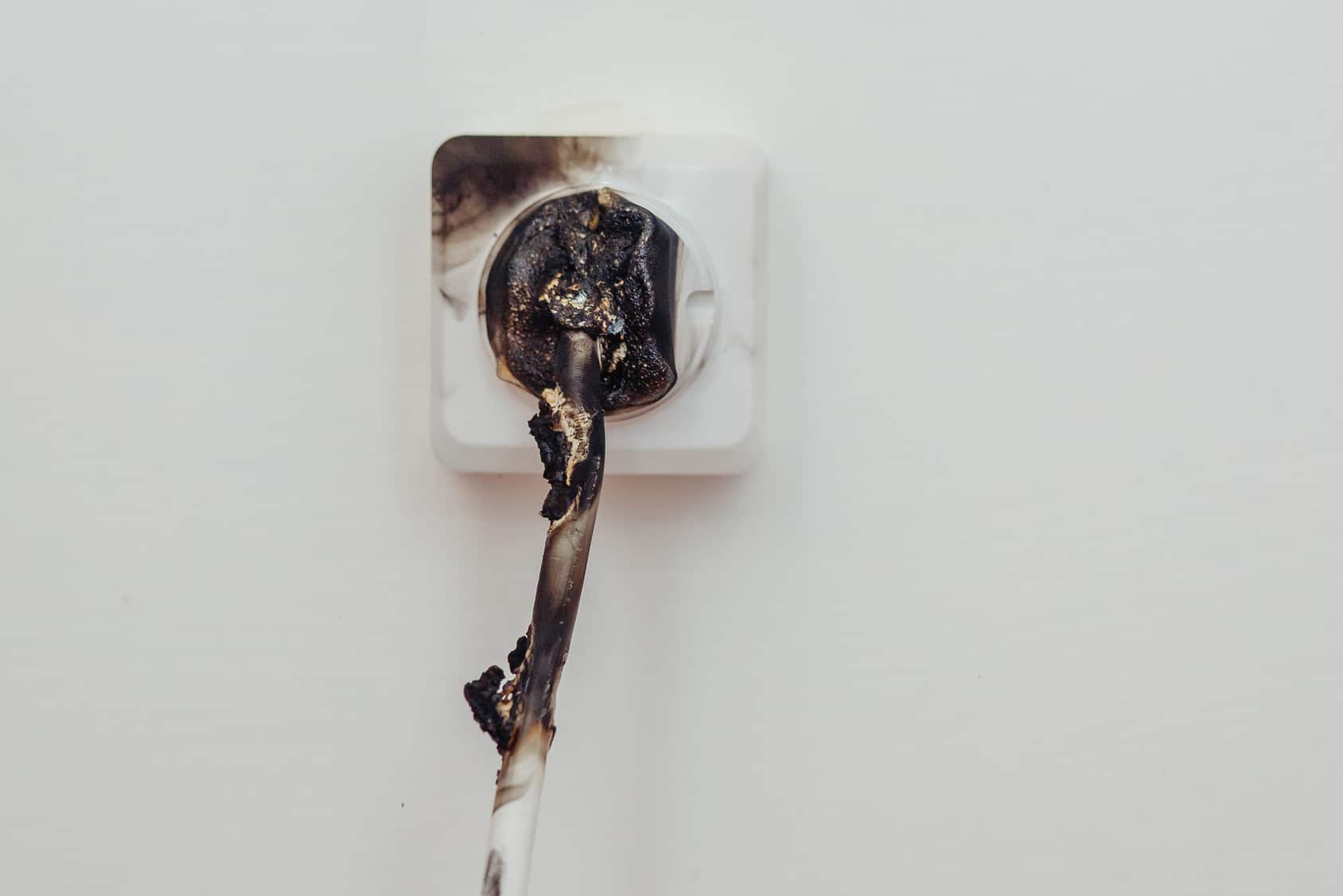Home Inventory Checklist: The Fastest Way to Protect What You Own (Salt Lake City Guide)
A home is replete with miscellaneous valuables, from unremarkable items like wide-screen televisions to irreplaceable, brilliant works, such as masterful art deco paintings. When the unforeseen occurs, homeowners will want to be prepared. A home inventory checklist provides homeowners with concrete evidence to submit to insurance agents in the event of a natural or manmade disaster. All assets, low- or high-priced, should be documented in a master home inventory checklist.

The Importance of Making a Home Inventory Checklist
A home inventory checklist is beneficial under numerous circumstances:
Before purchasing a home or luxury condo or renting an apartment, the homeowner should document all possessions. By providing a complete inventory of the goods a homeowner owns, the homeowner’s insuranceHomeowner’s insurance is a policy that provides financial ... More agent is better geared to offer the most optimal policy designed to meet the homeowner’s unique needs.
After moving into a home, unforeseen circumstances can devastate the property. Fires, break-ins and floodingFlooding is the overflow or accumulation of water in areas t... More are a few examples of catastrophic events that can destroy a homeowner’s valuables. Homeowners stay one step ahead of disaster with proof of the loss of personal belongings prior to an unfortunate event. When filing an insurance claim for the losses, the master home inventory record is the base upon which claims will be evaluated.
Home inventory checklists also are important in estate planning. The checklist provides a guide when distributing property to heirs.
When hiring movers upon shifting to a new locale, a home inventory checklist becomes an integral element of a successful move.
Why a Home Inventory Matters in SLC
Between wildfire smoke, winter pipe bursts, wind/hail, and monsoon-style downpours, Salt Lake homes face a wide range of perils. A complete, up-to-date home inventory speeds claims, helps your agent set the right coverage limits, and proves value when replacing or repairing items after a loss.
You’ll use it for:
- Insurance quotes and policy right-sizing (dwelling + personal property)
- Claims after fire, theft, water damage, or storm loss
- Estate planning and documenting heirlooms
- Moving check-in/check-out with movers or storage

In addition to documenting valuables inside the home, government officials from the Federal Emergency Management Agency advise that photos of the exterior of the home be taken. Cars and boats are added examples of valuables to be documented.
Document Inside and Outside the Home
In addition to documenting valuables inside the home, government officials from the Federal Emergency Management Agency advise that photos of the exterior of the home be taken. Cars and boats are added examples of valuables to be documented.
Inside, walk through the house and record your assets. In the bedroom, for instance, note such goods as collectibles, beds, dressers and stereo system. In the bathroom, identify electronics, like the hair dryer or electric toothbrush. The living room is likely to host a flurry of valuables, including laptops, artwork, sofas, entertainment centers and even curtains. While making your way into the dining area, document fine china, crystal, silver and chandeliers. The kitchen, too, contains items worthy of documentation, including refrigerator, stove and coffee maker. Video game systems, bookcases and artwork may be situated in the family room or den. Miscellaneous goods, like tablets and computers, the washing machine, bikes, cameras, AC unit and tools, ought to have a place in the home inventory checklist.
What to Capture (Room-by-Room)
- Walk each space and record photos/video + details. Group items by room:
- Living/Family: TVs, speakers, game consoles, sofas, rugs, art
- Kitchen/Dining: fridge, range, small appliances, china, glassware, silver
- Bedrooms/Closets: furniture, jewelry, collectibles, handbags, shoes
- Bath/Laundry: electronics, grooming tools, washer/dryer
- Office/Den: laptops, tablets, cameras, printers, software/licenses
- Garage/Outdoors: bikes, tools, grills, patio sets, sports gear
- High-value items (document separately): fine art, instruments, coins, antiques, designer jewelry/watches
Pro tip: Also capture exterior (roof, siding, windows, fencing, sheds) and vehicles/boats/RVs with VIN/HIN.
Record Using Technology
Valuables can be recorded with the latest advancements in technology. Aside from ample photographs, videos, notes and receipts, homeowners can utilize the cutting-edge features of newly developed apps. Since 2018, several relevant apps have become readily available to help make creating a home inventory checklist easy and thorough. No more fumbling with organization. Several apps feature convenient organizational features, such as the ability to upload photos, scan barcodes and sort items according to the home’s rooms. Certain apps allow the user to add warranty information, purchase dates and serial numbers to the inventory visually captured by a smartphone or tablet. The critical data can then be exported to a spreadsheet or PDF, among other preferred formats.
Must-Have Data Fields (for Every Item)
- Photos/video (include model/serial close-ups)
- Description (brand, model, specs)
- Purchase date & price (attach receipts if possible)
- Serial numbers
- Warranty info
- Appraisal (for art, jewelry, collectibles)
- Location/room and current condition
Best Tools (Easy & Affordable)
- Smartphone video tour (fastest starting point)
- Inventory apps with barcode scan & export: allow CSV/PDF backups, room tagging, warranty fields
- Cloud storage: keep copies in Drive/iCloud/OneDrive; share read-only with your agent or attorney
- Spreadsheet template: simple, portable, unlimited customization
⚠️ Avoid apps that only store data on the phone with no cloud/export—if the device is lost in a fire, so is your list.
Store the Checklist Safely
Once the homeowner has exerted the effort to document the goods inside the home, it is critical to store the master checklist out of harm’s way—ideally offsite and away from the home. Many people keep the physical list in a safe deposit box or an electronic version online using cloud-based services.
The offsite location prevents the master checklist from being lost, stolen or from succumbing to the ravaging effects of an in-home fire.
Be aware that certain free home inventory apps will only store the checklist on your phone, rather than back it up to the web, which becomes disadvantageous if you lose your phone.
Where to Store It
- Primary copy: encrypted cloud folder
- Secondary: external drive kept off-site (safe-deposit box or trusted relative)
- Printed summary: filed with your policy declarations and agent contact
Update Frequently
Once a home inventory checklist is prepared, the checklist should not be stashed away, gathering dust. Updates ought to be regularly made. Insurance experts recommend updating the master checklist at least annually, ideally at the start of the year.
In the whirlwind of extravagant shopping during the gift-giving season, presents big and small will be exchanged. New and treasured items are likely to come into homeowners’ possessions. Document these newfound valuables in the home inventory checklist once January rolls around.
Even safer is to update the master home inventory checklist as soon as new items are purchased or received. High-value acquisitions especially should be documented immediately.
Update Schedule (So It’s Always Useful)
- Quarterly quick pass (or at least every January)
- Add big purchases immediately (appliances, bikes, jewelry, pro gear)
- After holidays or a move, do a full sweep
- Re-appraise fine art/jewelry every 3–5 years
Include Details
When creating or updating the home inventory checklist, note key details. Included in the master list should be critical identifiers, like the cost of the items, brand names, models, descriptions and serial numbers. Make copies of the receipts and attach them to the checklist.
Seek an Appraisal
Professionally appraise cherished paintings or sculptures, unique collectibles, precious heirlooms and authentic jewelry. Homeowners will need to provide the insurance agent with proof of the worth of such high-value items in the event of a loss. Possessions like these may also be separately insured, at which point homeowners should submit the corresponding appraisals to their insurance agent.
Get written appraisals for art, antiques, rare collections, and jewelry. Ask your agent about scheduled personal property (itemized coverage) to ensure high-value items are protected beyond standard limits/deductibles.
After a Loss in Salt Lake City (Fire/Water/Storm)
- Document damage with photos/video before cleanup.
- Contact your carrier and share the inventory (CSV/PDF).
- Call a certified restoration company for emergency mitigation (water extraction, smoke/soot cleanup, board-up).
- Save receipts for temporary housing, board-ups, and contents cleaning.
When a natural disaster, like a fire, overtakes your home, be prepared with both a home inventory checklist and the contact information of a reputable fire damage restoration company. These professionals are fully equipped to handle the devastating effects of fire. SootSoot is fine black particles composed of carbon and other ma... More and smoke can permanently damage the home’s interior with dangerous levels of carcinogens and oils. Technicians from a restorationRestoration is the process of returning a property to its pr... More service provider utilize industrial-strength equipment and safe, chemical cleaners to eliminate the sootSoot is fine black particles composed of carbon and other ma... More, smoke and lingering odors. These specialists will also assist homeowners with insurance claims, ideally with the help of a prepared home inventory checklist.
Home Inventory Checklist FAQ

Do I need a home inventory if my insurer lists “replacement cost”?
Yes. Replacement cost helps with value, but your inventory proves ownership and speeds payment.
What if I don’t have receipts?
Use photos, serial numbers, bank/credit records, and appraisals; detailed descriptions still help.
How long does a starter inventory take?
A same-day video walk-through (1–2 hours) gets a usable baseline. Add details later.
Should I inventory tools/bikes in a detached garage?
Yes, garages/sheds are frequent theft targets with sub limits; document make, model, and serials.
What format do adjusters prefer?
CSV or PDF with pictures/links. Keep the original photos in a shared cloud folder.
Had a Loss in Salt Lake City? We Can Help.
From smoke and sootSoot is fine black particles composed of carbon and other ma... More to water damage, our certified team restores your home and helps you document contents for your insurance claim.
Request an Inspection
or call (801) 742-5694
-
- 24/7 emergency response
- Smoke, fire & water damage cleanup
- Contents inventory & claims support












